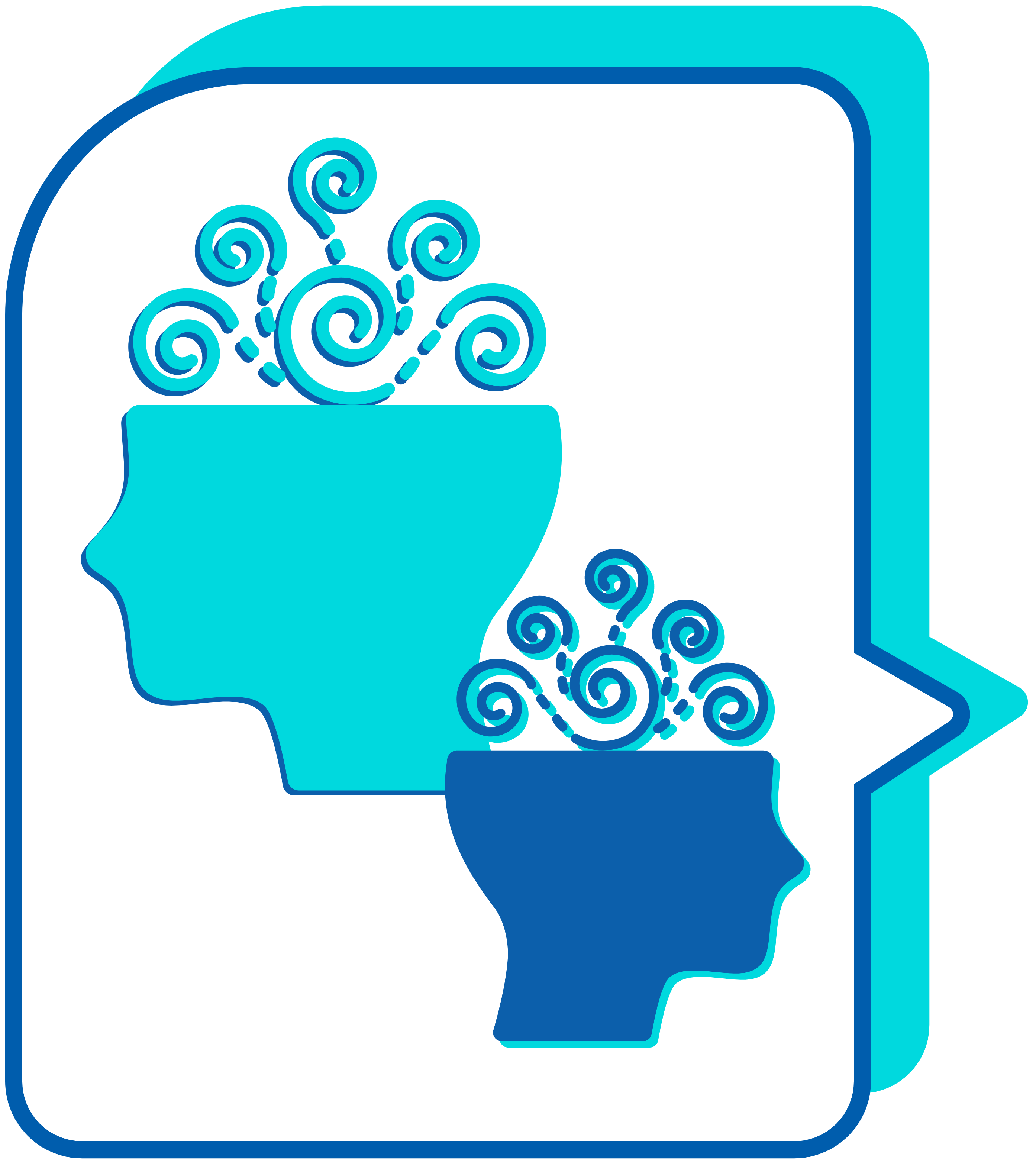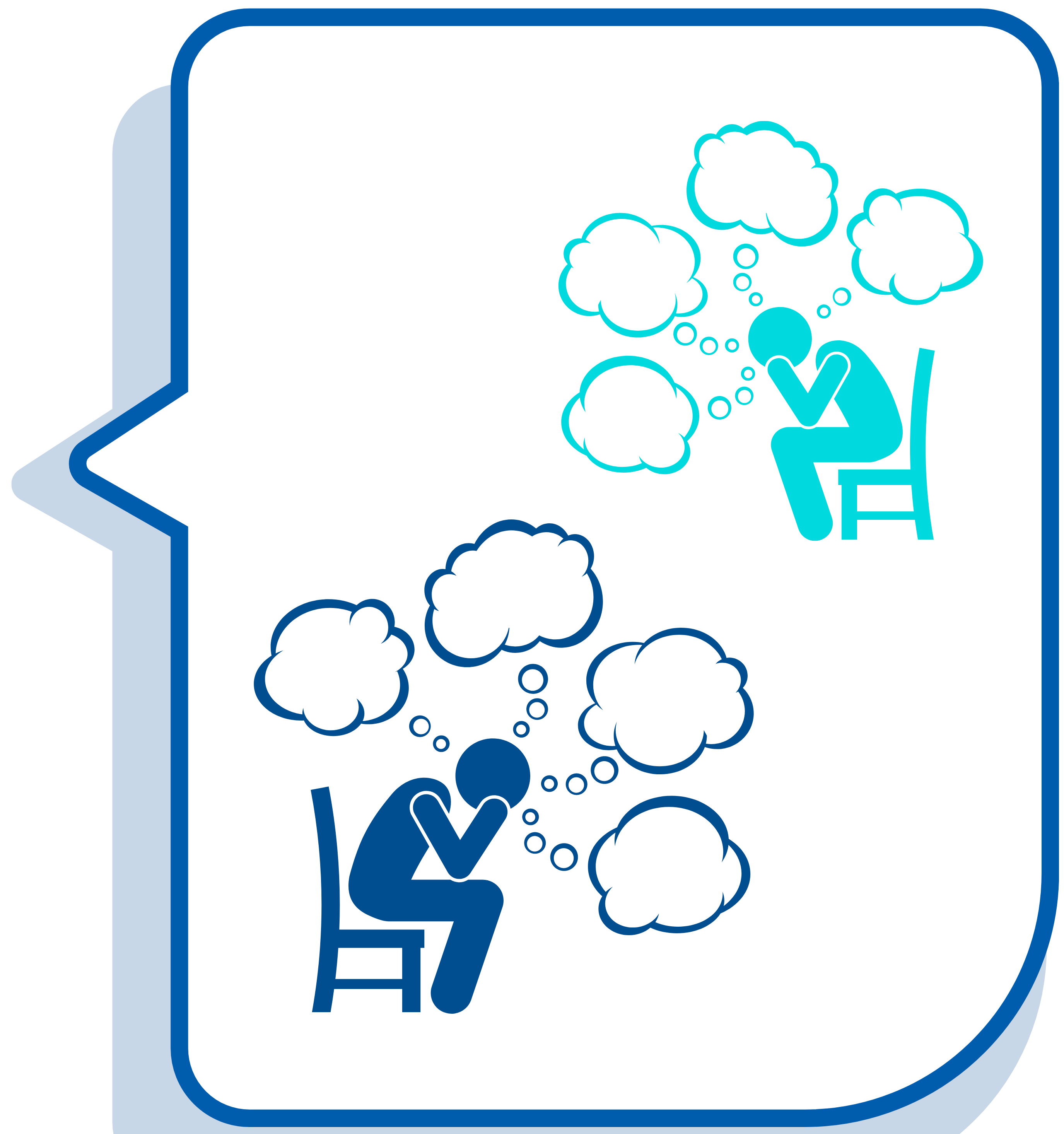Mental Health and Suicide Statistics
Mental health challenges are a growing concern for teens and young adults. Suicide rates among young people have also increased over the past decade. Below, find up-to-date statistics about these issues and the populations most at risk.
This page was last updated May 2025.
We must do more. Join JED in our commitment to helping our nation’s youth thrive: Donate today to support our ongoing efforts to conduct independent research, expand our free resources, and bring evidence-based programs to more high schools, districts, and colleges.

Mental Health Statistics
- 12.5 million people between the ages of 18 and 25 experienced a mental, behavioral, or emotional health issue in the past year. This amounts to 1 in 3 (33.8%) young adults. This rate has increased significantly over the past several years (from 22.1% in 2016) (SAMHSA, 2024).
- 18.1% of teens aged 12 to 17 had a major depressive episode in the past year (SAMHSA, 2024).
- Overall, 40% of high school students reported persistent feelings of sadness or hopelessness during the past year. The percentage of students reporting these feelings varied by group as follows (CDC, 2024):
- 53% of female and 28% of male individuals
- 65% of LGBTQ+ and 31% of cisgender and heterosexual individuals
- 45% of American Indian or Alaska Native, 42% Hispanic, 41% multiracial, 40% Black, 39% white, 32% Asian, and 26% Native Hawaiian or Pacific Islander individuals
- Among college students, 36% have been diagnosed with anxiety and 30% have been diagnosed with depression (Healthy Minds Study, 2023).
- 66% of LGBTQ+ youth reported experiencing recent symptoms of anxiety and 53% reported symptoms of depression (Nath et al., 2024).
- Among teens (12-17) in 2021-2023, 19.7% reported symptoms of anxiety and 17.8% reported symptoms of depression during the past two weeks (NCHS).

Rates of Suicide, Suicide Attempts, and Suicidal Thoughts
- Suicide is the second-leading cause of death for teens and young adults, ages 10-34 (CDC, 2023).
- 12.2% of adults 18-25 had serious thoughts of suicide in the past year (SAMHSA, 2024).
- Overall, 20.4% of high school students reported having seriously considered suicide in the past year. The percentage of students reporting having seriously considering suicide varied by group as follows (Verlenden et al., 2024):
- 27.1% of female and 14.1 of male individuals
- 41.0% of LGBTQ+ and 13.0% of cisgender and heterosexual individuals
- 24.5% of American Indian or Alaska Native, 22.1% white, 21.6% multiracial, 19.6% Black or African American, 18.2% Hispanic or Latino, 16.1% Native Hawaiian or Other Pacific Islander, and 14.4% Asian individuals.
- 12.3% of adolescents aged 12 to 17 had serious thoughts of suicide in the past year (NSDUH, 2024).
- Overall, 9.5% of high school students attempted suicide in the past year. The percentage of students reporting having attempted suicide varied by group, as follows (CDC, 2023, Verlenden et al, 2024):
- 12.6% of female and 6.4% male individuals
- 19.7% of LGBQ+ and 6.0% of heterosexual individuals
- 15.3% of Native Hawaiian or other Pacific Islander and 11.5% American Indian or Alaska Native, 11.4% multiracial, 10.8% Hispanic or Latino, 10.3% Black or African American, 8.3% white, 8.0% Asian individuals
- 3.3% of adolescents aged 12 to 17 attempted suicide in the past year (SAMHSA, 2024).
- Girls are more likely to attempt suicide than boys, but boys are four times more likely to die from suicide than girls (Johns Hopkins Medicine, n.d.)
- Suicide rates are often higher in more rural areas: The rate of suicide among youth age 15-19 living in rural areas is 15.8 per 100,000 people, compared to 9.1 per 100,000 people in urban areas (RHIhub).
- LGBTQ+ young people living in rural areas are more likely to have considered suicide (43% vs. 38%) (The Trevor Project, 2025).
- 39% of all LGBTQ+ young people seriously considered attempting suicide and 12% attempted suicide in the past year (Nath et al., 2024).
More Support is Needed
Not enough young people are getting support for their mental health:
- 36.7% of young adults aged 18 to 25 perceived an unmet need for mental health services (SAMHSA, 2024).
- While 72% of LGBTQ+ teens and young adults desired professional counseling, only 32% received these services (The Jed Foundation, 2021).
- 65% of rural counties do not have a psychiatrist (Andrilla et al, 2018).
Teens themselves report that they are aware of the importance of seeking mental health support but still have trouble reaching out (The Jed Foundation, 2024):
- 76% of teens believe it is important to actively care for their mental health and 74% of teens say it is a sign of strength to reach out for help with mental health.
- However, 48% say they would only seek out professional help as a last resort, 42% say they do not have the words to ask for help, 42% say it is too overwhelming to reach out for support, and 33% say it is hard to find safe moments to talk.
Schools should do more to support student mental health and suicide prevention: 91% of school administrators feel that schools should make efforts to prevent suicide among students. Similarly, 92% believe that schools should make efforts to identify high school students in need of mental health services (The Jed Foundation, 2020).
JED is Here to Help
Learn more about our Comprehensive Approach to Mental Health Promotion and Suicide Prevention, and how we use this evidence-based model to assess strengths and areas for improvement with school districts, high schools, colleges and universities, and youth-serving community-based organizations.
Learn more and sign up for our programs:
- JED Higher Education
- JED High School
- JED and AASA District Mental Health Initiative
- Community-Based Organizations
For more resources, check out our Mental Health Resource Center.
Explore Recent Research from JED
Unraveling the Stigma: Exploring Barriers to Mental Health Support Among U.S. Teens
Research from JED explores the barriers teens face when seeking mental health support and what role stigma plays in who they turn to for help.
Download nowA Decade of Improving College Mental Health Systems: JED Campus Impact Report
The report analyzes a decade of data (2013 to 2023) from JED Campus schools and the Healthy Minds Network survey. Among the findings, the report documents a significant decline in suicidal ideation, suicidal planning, and attempts among students attending colleges and universities who participated in the JED Campus program.
Download nowYouth Suicide:
Current Trends and the Path to Prevention
JED’s report on the state of youth mental health and suicide addresses the complex factors affecting youth suicide rates, which groups of youth are most at risk, and nine essential steps to lowering suicide risk among all youth.
Download nowCan the Metaverse Be Good for Youth Mental Health?
JED’s report shares youth-centered strategies for ensuring and enhancing the mental health and safety of young people in social media, games, and the metaverse.
Download nowEquity in Mental Health Framework for Students of Color
This evidence-based framework includes expert recommendations and implementation strategies to better support the mental health and emotional well-being of students of color. From JED and the Steve Fund.
Download nowFraternities and Mental Health
JED sheds light on how fraternities impact mental health on college campuses and offers recommendations to national fraternity leadership, administrators, and student leaders for enhancing mental health on college campuses.
Download now
